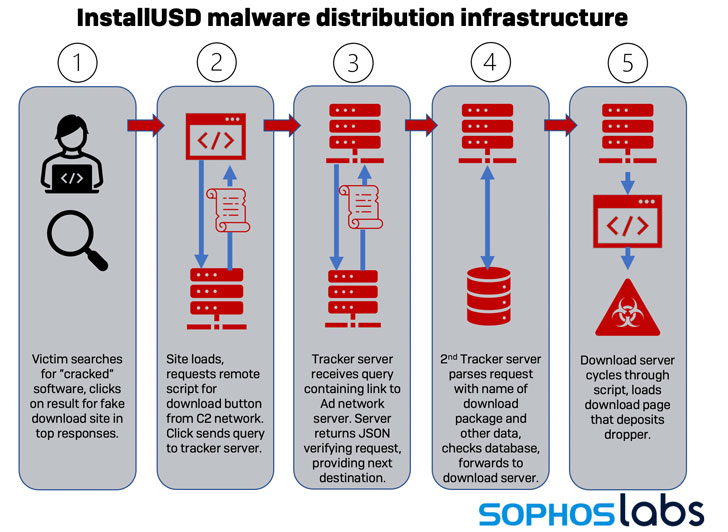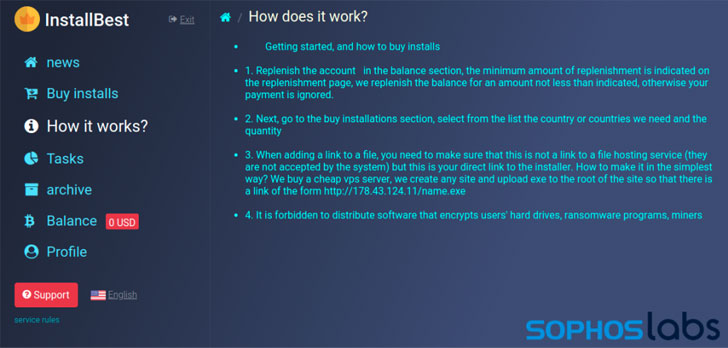Cloud Exchange: How to Secure Your Agency from Endpoint to Cloud
Recent cyber attacks have proven, once again, that agencies are in a perimeter-less environment. In fact, Gartner estimates that 70% of all endpoint intrusions are done through a browser.
Over the last year, these browser-based attacks only increased as more employees worked remotely.
Tony D’Angelo, the vice president of U.S. public sector at Lookout, said bad actors recognized that employees would access network applications and data through mobile devices and virtual private network connections and applied attack vectors like credential harvesting and other methods to obtain passwords.
“Where a lot of these attacks start is particularly on the mobile endpoint, as we have so much telework occurring now. It’s that initial credential harvesting effort, which again, comes through a text or oftentimes some other elements of social media, trying to get you to put your username, your login password so they might load some spyware on the device,” D’Angelo said during Federal News Network’s Cloud Exchange. “Once they have those credentials, then they’re free to move inside the network. Oftentimes, it’s difficult to identify exactly where that attack came from. But when they’re in there and can create a whole host of problems.”
D’Angelo said as agencies move more and more data and applications to the cloud, they have to rethink how they can improve their data protections. He said any device that attaches to the network must be authorized, authenticated and secure in and of itself.
“There are things agencies can do to protect their data in the cloud. They can adopt technologies like cloud access security broker for commercial software applications and zero trust network access for legacy systems, and then effectively looking at a data loss prevention (DLP) wrapper are really good things that I think you’re going to see come out of this executive order and that you’re going to see agencies move there even more quickly,” he said.
Now that agencies are doing a better job providing access to a remote workforce, D’Angelo said these shifts…







